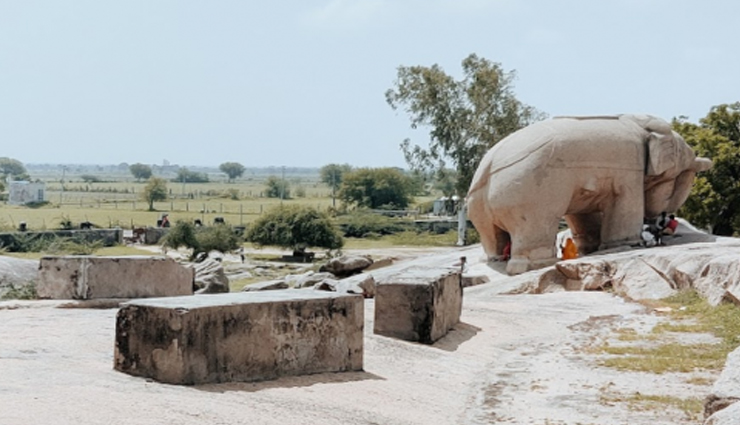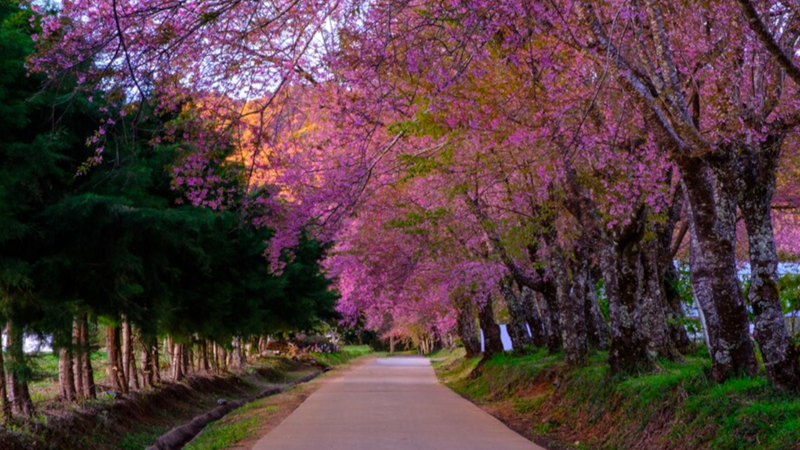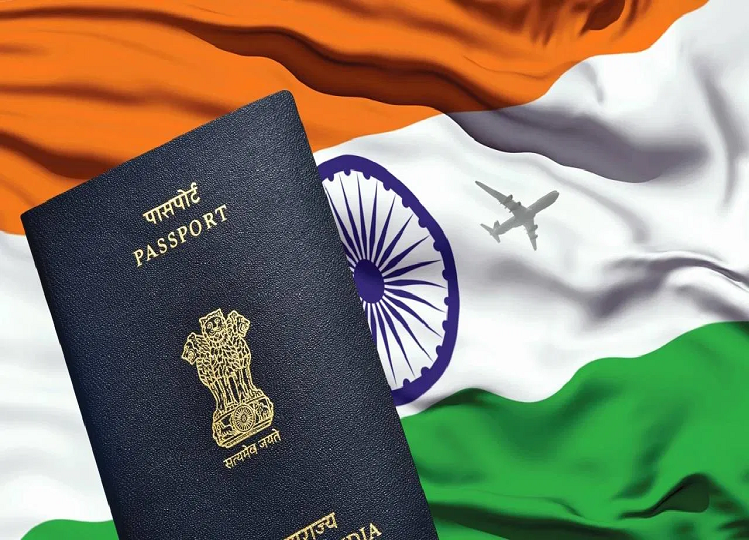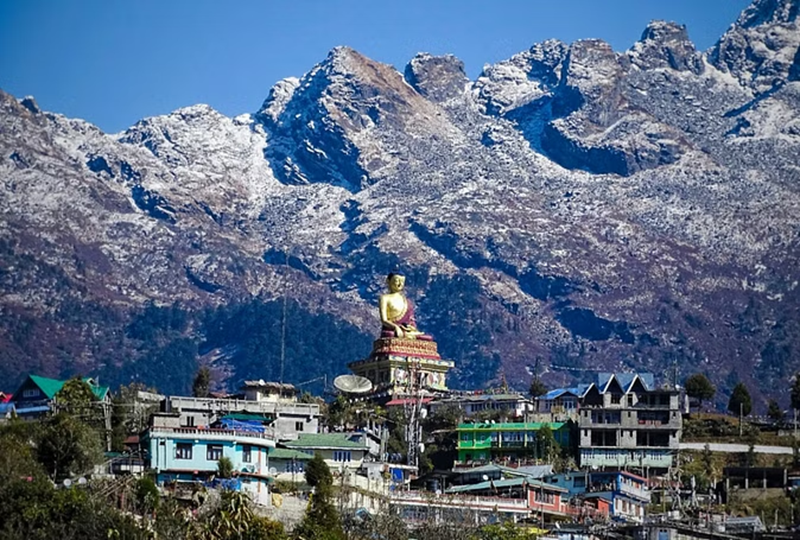There are many places in Rajasthan which highlight the history of Rajputana rule. We're going to tell you about one place here. We are going to tell you about one such place here in Rajasthan. There is a place in Rajasthan called Hathi Bhata, which is one of the beautiful monuments of Rajasthan India. This stone elephant made of a single large stone attracts tourists from everywhere. Few people may know about this place, but the importance of this place is wide.

Location
The historic Hathi Bhata is located in Gumanpura near Kakod village on Uniara Road, about 22 km from Tonk district headquarters. From a distance, it seems that a live elephant is standing, but this is an elephant made by cutting a stone rock. Here, food plates made of stone are visible in a row.
Natural stepwell
There is a natural stepwell here, which always has water. It is believed that the Pandavas sat here and had their meals. However, in which period Hathi Bhata was built is still an interesting subject of research among historians, but by looking at some figures carved on the rocks of the hills in Virat Nagar and seeing the similarity between Hathi Bhata and some beliefs there, it can be said that it must have come into existence at the same time when huge figures like dinosaurs carved on stone came into existence in Virat Nagar. According to the Chinese traveler Hieun Tsang, this area was under Virat Pradesh, which proves something from many points of view.
Grand statue of a life-size elephant
Tonk is a small district located in the dry areas of Rajasthan. Tonk is the administrative headquarters of the state. Surrounded by Jaipur and Sawai Madhopur, Tonk is one of the largest producers of sandstone. Away from the busy urban life, Tonk is a village in Rajasthan. On a Rajasthan tour, you can get to see the most unique monument in this place. This is a carved image of an elephant made from a single block of rock which surpasses a real elephant in its huge size and grandeur. This is a life-size elephant carved out of a rock.
The Pandavas came here during their exile.
Right in front of the elephant is a havan altar with 64 plates. For historians, this elephant, the talaai, and the altar are no less than a puzzle. It is believed that the Pandavas came here during their exile. Since Panchali did not eat food without worshipping Lord Ganesha, the Pandavas carved a huge stone overnight and made this idol. Not only this, the Pandavas also breathed life into this idol. It is said that at that time this elephant used to roam around an area of 14 kos and guard it. When it passed near the settlements of villages, people started getting scared of the loud sound of the bells on its back. In such a situation, this elephant became permanent here.

History
The history of Hathi Bhata is not clear. It is said that it was built by Ramnath in 1200 AD. However, looking at its structure and beliefs, many facts come to light, which can be said that this Hathi Bhata can also be of prehistoric and Iron Age periods. It may have been refined and carved from time to time.
Virat Nagar i.e. Bairath
Virat Nagar (Bairath) is a city located on the border of Jaipur district. Its old name is Bairath. It is located in the north of Rajasthan. This city was also the capital of ancient Matsyaraj. Archaeological wealth is scattered here and is also said to be buried underground. According to information, Virat Nagar is situated in the middle of the Aravalli hills. Virat Nagar town, 25 km north-east of Shahpura on the Alwar-Jaipur road in the Jaipur district of Rajasthan, still holds its mythological historical heritage.
(PC: Lifeberrys)










